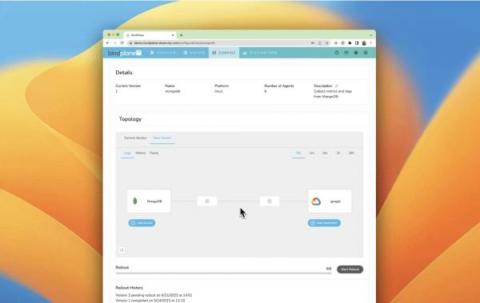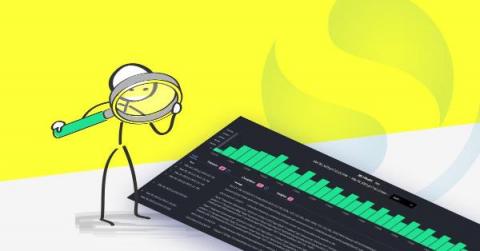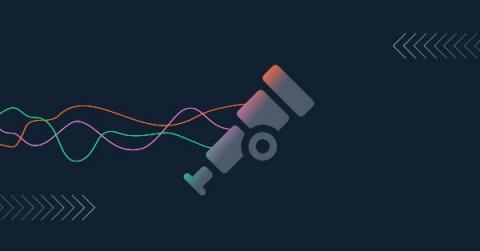Operations | Monitoring | ITSM | DevOps | Cloud
Latest News
Metadata 101: Definition, Types & Examples
Thousands of Customer-Driven Splunk Ideas Help Accelerate Meaningful Innovation
Using the Elastic Agent to monitor Amazon ECS and AWS Fargate with Elastic Observability
AWS Fargate is a serverless pay-as-you-go engine used for Amazon Elastic Container Service (ECS) to run Docker containers without having to manage servers or clusters. The goal of Fargate is to containerize your application and specify the OS, CPU and memory, networking, and IAM policies needed for launch. Additionally, AWS Fargate can be used with Elastic Kubernetes Service (EKS) in a similar manner.
Customers First Always: Cribl's Support Team Shines in Gartner Peer Insights
Easy to implement, effective data management tools that provide fast time to value are the exception rather than the rule, and top-notch support for those tools is also hard to come by. That’s why Cribl prioritizes creating products that make the lives of engineers and systems admins as easy as possible. The reviews on Gartner Peer Insights give us a glimpse into how well we’re holding up our end of the bargain.
A User Guide for OpenSearch Dashboards
Over the last decade, log management has been largely dominated by the ELK Stack – a once-open source tool set that collects, processes, stores and analyzes log data. The ‘k’ in the ELK Stack represents Kibana, which is the component engineers use to query and visualize their log data stored in Elasticsearch. Sadly, in January 2021, Elastic decided to close source the ELK Stack, and as a result, OpenSearch was launched by AWS as an open source replacement.
VictoriaMetrics bolsters move from monitoring to observability with VictoriaLogs release
Today we’re happy to announce our new open source, scalable logging solution, VictoriaLogs, which helps users and enterprises expand their current monitoring of applications into a more strategic ‘state of all systems’ enterprise-wide observability. Many existing logging solutions on the market today offer IT professionals a limited window into live operations of databases and clusters.
Introduction to Collecting Traces with OpenTelemetry
OpenTelemetry (also abbreviated as OTEL) is an increasingly popular open-source observability platform under the Cloud Native Computing Foundation (CNCF), which is currently the most active project in the CNCF after Kubernetes. It was created to establish a unified and vendor-agnostic way for instrumenting, collecting, and exporting telemetry data for your system and application across traces, logs, and metrics.
Goats on the Road: 3 Key Takeaways From the 2023 AWS Summit in Washington, DC
The Cribl team just wrapped up the 2023 AWS Summit in Washington, DC, and we were thrilled to spend a few days chatting with public sector organizations looking to gain the freedom and flexibility our products offer.
The Evils of Data Debt
In this livestream, Jackie McGuire and I discuss the harmful effects of data debt on observability and security teams. Data debt is a pervasive problem that increases costs and produces poor results across observability and security. Simply put — garbage in equals garbage out. We delve into what data debt is and some long term solutions. You can also subscribe to Cribl’s podcast to listen on the go!










